Whats wrong with my Fiddle leaf fig
dontmather
5 years ago
last modified: 5 years ago
Featured Answer
Comments (6)
User
5 years agolast modified: 5 years agoRelated Discussions
What's Wrong with my Fiddle Leaf Fig Tree??
Comments (5)It depends. Treated municipal water might contain chlorine (often not the kind that dissipates after the water stands for a while), and hard water can cause harmful mineral deposits, but you can avoid that by flushing the soil frequently. Still, rainwater or R/O (reverse osmosis) water is great, especially to flush accumulated mineral deposits from soil. Just be aware that if your ficus's roots can't take up water at all, either because they've died of dehydration or from suffocation because water retentive soil stayed soggy for long periods of time, even the purest water won't help. That being said, one of the easiest things to start with is flushing the soil to remove mineral deposits, and R/O or rainwater make that easier. I used R/O water from a supermarket machine to flush my plants, but when I'm not up to hauling stuff I use tap water from my faucet mounted filter. Once you've done that, learned how to tell your plans actually needs water before watering, and learned how to remove as much perched water as possible after watering, you can focus on getting your ficus into a fast draining soil that doesn't pose a danger to its roots. Another excellent thread called Dealing with water retentive soils: http://forums2.gardenweb.com/discussions/1415041/dealing-with-water-retentive-soils?n=62...See MoreWhat is wrong with my Fiddle Leaf Fig?
Comments (0)Hey guys. I bought two fiddle leaf fig babies a couple months back. They were small plants that were in a 4-5" pot. I decided to put them in one pot to make a bushier, fuller plant. I noticed these brown/purple-ish dots a couple days ago. Should I down size and separate the two figs? I'm so scared/confused....See MoreWhats going on with my calathea and my fiddle leaf fig tree??
Comments (1)Claire, I would suggest you post these questions in the house plant section as the fig forum is for edible figs. They are very good folks over there and I bet they can help you. Good luck....See MoreWhat is wrong with my fiddle leaf fig?
Comments (1)Pls post a pic if you'd like folks to help. Sorry, but your description is not enough, we need to actually SEE the plant to try & help you....See MoreUser
5 years agolast modified: 5 years agoken_adrian Adrian MI cold Z5
5 years agoDave in NoVA • N. Virginia • zone 7A
5 years agotapla (mid-Michigan, USDA z5b-6a)
5 years ago
Related Stories
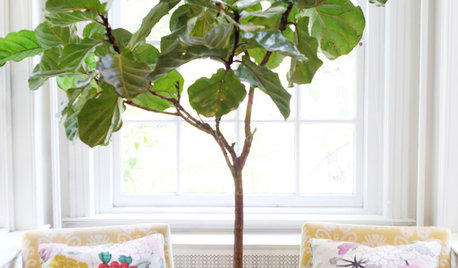
HOUSEPLANTSPlay Up Some Fiddleleaf Figs for a Lively Indoor Tune
Strike a dramatic chord in a minimalist scene or a country note in a rustic setting — fiddleleaf fig plants harmonize with any style
Full Story
DECORATING GUIDESA Glimmer of Gold Leaf Will Make Your Room Shine
Make a unique, unexpected statement in any space with this precious metallic finish
Full Story
DECORATING GUIDESSouth Beach Style: What It Is and How to Get It
This breezy Miami look features lots of crisp white and leafy hues for a laid-back feel that celebrates summer
Full Story
HOUSEPLANTSSee How Fiddleleaf Fig Trees Can Liven Up Your Decor
The tropical houseplant with big green leaves adds a cheerful and striking design element to rooms
Full Story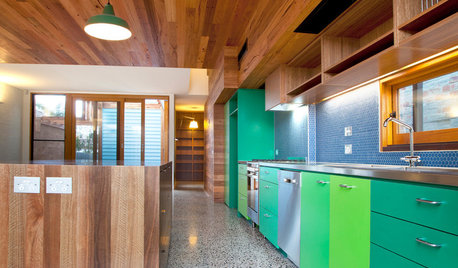
EVENTSTop Trends to Inspire You From the London Design Festival
What’s going to be next season’s biggest paint trend? Is midcentury still in? Discover the answers to these questions and more
Full Story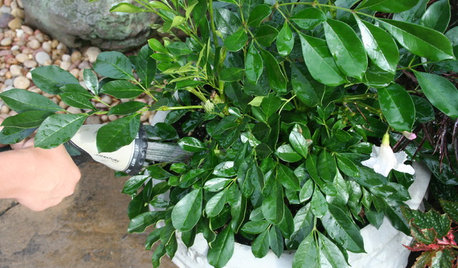
CONTAINER GARDENSContainer Garden Basics: How and When to Water Potted Plants
Confused about soil moisture, the best time to water and what watering device to use? This guide can help
Full Story
REMODELING GUIDESBathroom Workbook: How Much Does a Bathroom Remodel Cost?
Learn what features to expect for $3,000 to $100,000-plus, to help you plan your bathroom remodel
Full Story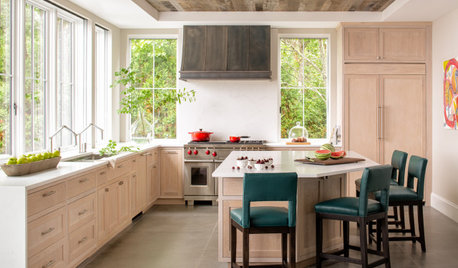
MOST POPULARHow to Get Rid of Those Pesky Summer Fruit Flies
Learn what fruit flies are, how to prevent them and how to get rid of them in your home
Full Story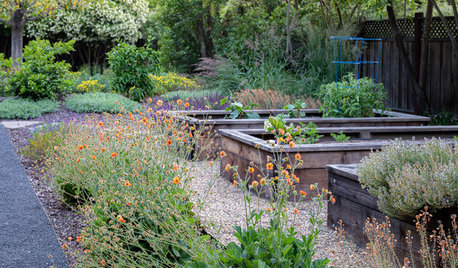
GARDENING GUIDESEssential Watering Tips for Your Edible Garden
To give your edible plants just what they need, check out these guidelines for how, when and how much to water
Full Story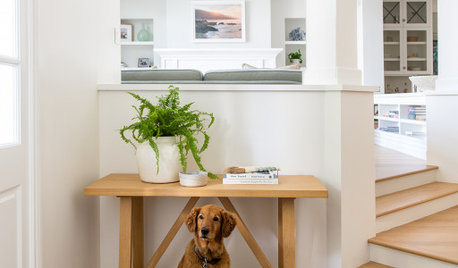
CONTAINER GARDENSConsider These 10 Pet-Safe Houseplants
Help keep cats and dogs healthy with the right selection of indoor plants
Full Story





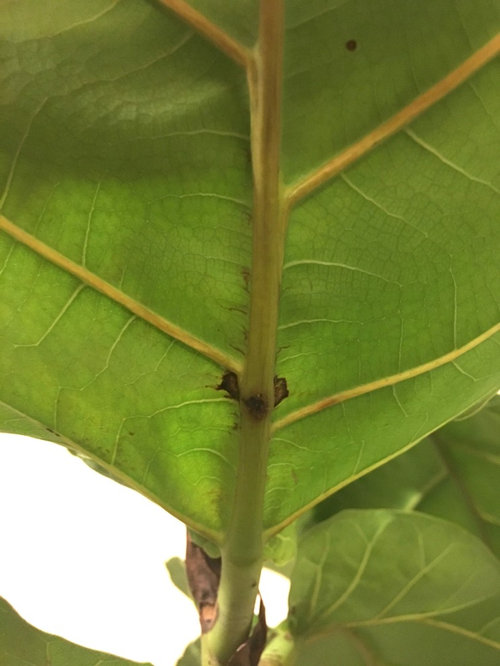



gardengal48 (PNW Z8/9)